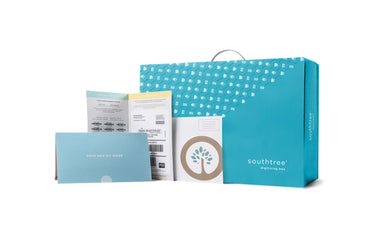If you grew up in the ‘80s, the chances of you having a vast cassette tape collection are high. In the era of the Walkman and the boombox, it was commonplace to have cassettes on your person at all times, ready to share your musical taste with friends, acquaintances, and even strangers.
Mixtapes were infinitely popular and people of all ages would swap them with each other to get exposed to new music.
When the CD was released to the public in 1982, however, all of that quickly changed for the meek cassette tape. Soon, everyone swapped their boomboxes for CD players and the cassette tape was almost obsolete. However, if you were a true music fan who suffered from continual nostalgia, you probably held onto a lot of your cassette tapes and may even still have them to this day. If this is you, welcome to our club! We’re glad you could join us.
If you still have a cassette tape collection in 2021, you have probably been storing them in a box in your garage or attic like the rest of us. We hate to break it to you, but these kinds of storage conditions can actually be very bad for your cassette tapes.
According to the National Archives, the best storage conditions for cassette tapes include a climate controlled environment, between 55 and 70 degrees Fahrenheit, with a relative humidity between 30-55%. The Archives also recommend storing cassette tapes away from direct sunlight and out of areas that may flood easily or be exposed to air pollutants. And of course, it’s vital to keep cassette tapes away from magnetic sources. Considering these ideal storage conditions, it’s likely that many of our personal cassette tape collections have not been stored to this standard. So many of us put all of our cassette tapes in boxes once the CD took over the world, and we stuck those boxes in basements and attics where our cassette tapes have been continually exposed to the elements ever since. Storing cassette tapes in these types of spaces can damage the tapes over time and cause them to play with distortion or become unusable altogether, depending on the level of degradation they’ve accumulated.
You probably haven’t listened to the audio on your cassette tapes in years, and the chances of finding a way to play the tapes around your home are slim to none. No one has a Walkman anymore, boomboxes aren’t around, and even most cars nowadays are built without cassette tape players. So how can you tell if your cassette tapes are any good and if digitizing them will be worth your while, and your money?
Unfortunately, there isn’t a great way to tell if a tape is worn visually without taking the cassette apart entirely and inspecting the tape. By doing this, you risk damaging the tape further. The easiest way to tell if a cassette tape is worn is to try to play it in a cassette tape player. When you play a worn cassette tape, it will sound distorted and will likely have “drop outs,” i.e. moments when the audio cuts in and out. These kinds of damages can occur from exposure to the elements as well as over playing. If you don’t have a cassette player handy, you can easily find one at local second hand stores like Goodwill. Even some supermarkets like Walmart still sell tape players, and Amazon has cassette tape players for sale as well. Of course, buying a new tape player as opposed to used will be more expensive, but you will get a better idea of the state of your cassette tapes by playing them on a newer tape player.
If you hear distortions of any kind when you play back your cassette tape, the tape is worn. When we digitize your analog media at Southtree, any imperfections in the media will also be present in the digitized copy, so if your tape is heavily worn it may not be worth it to send it in for digitization. If you try to play back your cassette tapes on the tape player and the tape won’t rewind, or it’s loose on the spindles, this is a mechanical issue and does not necessarily mean the tape itself is worn. If this is the case with your tapes, the cartridge is likely worn and can potentially be tightened or repaired.
So if you can get your hands on a cassette tape player, you should test out your tapes to see if they have withstood the test of time. If they have, send them our way and we can digitize them for you so that they can be enjoyed infinitely.













